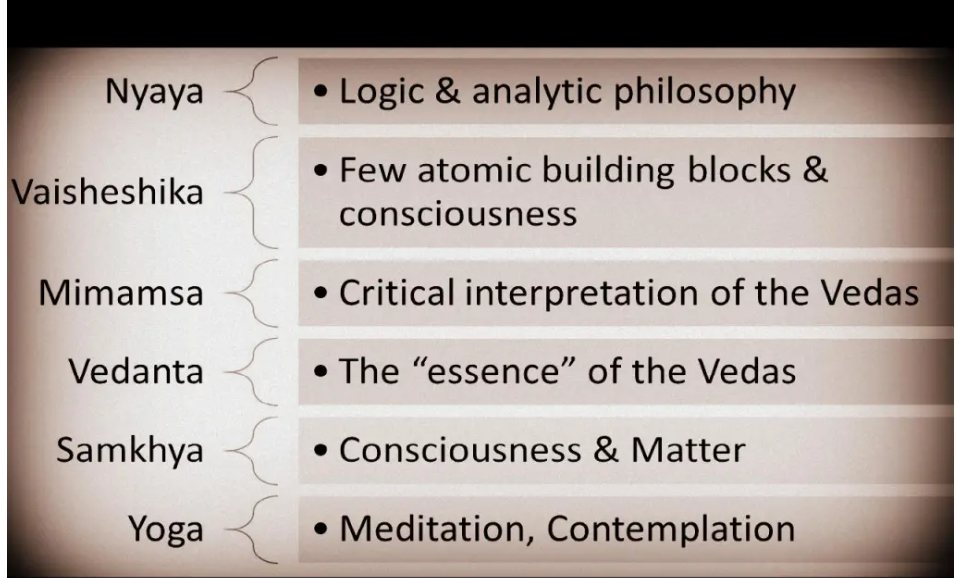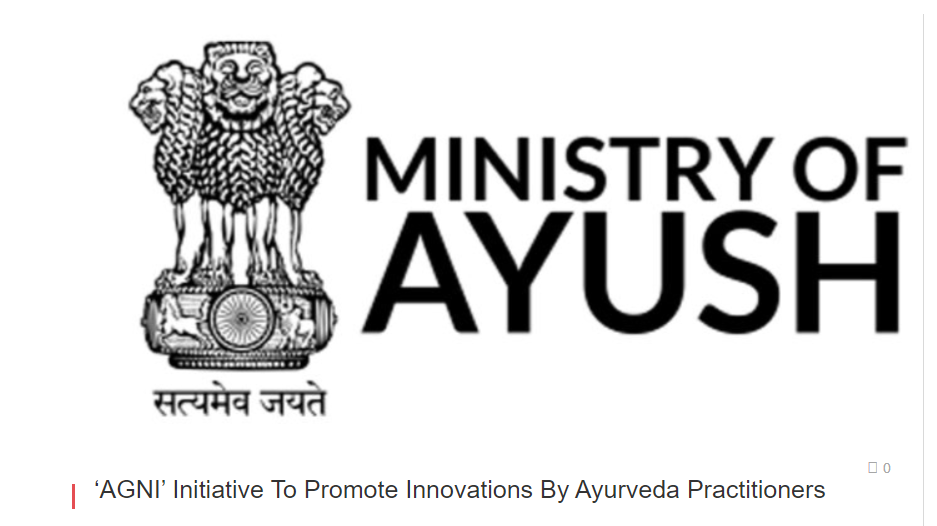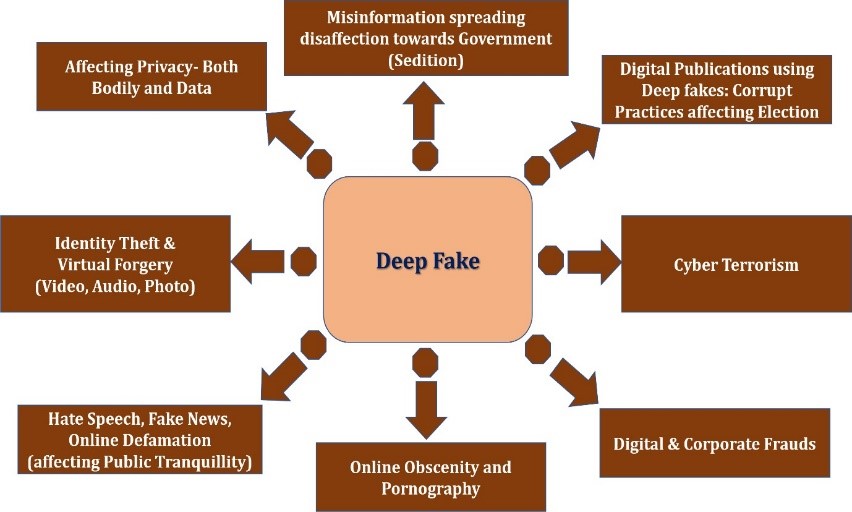25 Years of International Space Station (ISS)
Context:
On the 20th of November, the International Space Station (ISS) celebrated its 25th anniversary, marking a quarter-century since its launch as the largest human-made object in our solar system.
Overview of the International Space Station (ISS)
- Orbital Wonder: Positioned 430 kilometers above Earth, the ISS completes 16 orbits each day, experiencing as many sunrises and sunsets.
- Velocity: Traveling at a speed of 8 kilometers per second, the ISS circles the Earth every 90 minutes.
- Dimensions: With a length of 109 meters, it nearly matches the size of an American football field.
- Habitability: The ISS boasts 6 sleeping quarters, two bathrooms, a gym, and a panoramic view bay window.
- Solar and Electrical Components: The ISS features solar array wings spanning 109 meters, with around 13 kilometers of electrical wiring throughout the station.
Origins and Significant Milestones
- Launch of Zarya: The ISS’s journey commenced on November 20, 1998, with the launch of Russia’s Zarya Control Module.
- Unity Node 1: The United States contributed the Unity Node 1 module on December 4, 1998, initiating the station’s transformation into a functional space lab.
- 42 Assembly Flights: Through 42 assembly flights, the ISS evolved into its current operational state.
- Continuous Inhabitation: Since its establishment, the ISS has consistently housed astronauts from diverse countries engaged in groundbreaking research.
Key Endeavors
- Scientific Exploration: Astronauts conduct unique experiments on the ISS, leading to notable discoveries.
- Spacewalks and Maintenance: Regular spacewalks are crucial for implementing upgrades and conducting repairs on the station.
- Health Maintenance: Astronauts adhere to strict routines to counteract muscle and bone loss in microgravity, providing valuable insights for future space missions.
Scientific Contributions
- Medical Progress: Research conducted on the ISS has advanced our comprehension of diseases such as Alzheimer’s and cancer.
- Drug Advancements: Space research has expedited the development of pharmaceuticals.
- Technological Breakthroughs: ISS experiments have spurred innovations in water purification and food production.
Prospects for the ISS
- Current Uncertainties: The Russia-Ukraine conflict in 2022 raises questions about the future of the ISS.
- Global Space Aspirations: Nations like Japan, China, and India are pursuing independent space capabilities.
Sustained Commitment: The United States and Europe plan to support the ISS until 2030, with NASA focusing on lunar exploration and the European Space Agency (ESA) developing the Starlab space station.
A short treatise on Indian Materialism
Context:
This Pulse of the Day delves into the origins of materialism, its various cultural designations, and the ethical considerations associated with it.
Introduction to Materialism
- Philosophy as a Life Theory: Termed as ‘Darshan’ in Sanskrit, philosophy aims to elucidate the universe and provide guidance for human conduct through a comprehensive worldview.
- Materialism – Bhautikvad: This standpoint, referred to as ‘Bhautikvad’ in Sanskrit, perceives everything as fundamentally material, discarding the supernatural and placing value on empirical observation and perception for acquiring knowledge.
Origins of Materialism
- Ancient Beginnings: Materialism has ancient roots and manifests in diverse forms across different cultures.
- Indian Lokāyata: In India, materialism, identified as Lokāyata, found proponents in thinkers like Brhaspati, Ajita, and Jābā It centered on the physical world, rejecting theism.
Greek Atomism: Greek philosophers such as Democritus and Epicurus embraced materialism, with Democritus introducing the concept of atoms as the fundamental elements of reality.
Materialism’s Names in India
- Lokāyata: Translating to ‘worldly philosophy,’ it emphasizes worldly objects and entities.
- Chárváka: Derived from ‘charv,’ meaning ‘to chew,’ it underscores the hedonic aspects of materialism.
- Bhautikvad: Originating from ‘Bhautika,’ meaning ‘physical or material,’ it highlights the significance of materiality.
- Jadavāda: Focuses on the ‘jada’ or essence of existence.
Dehātmavāda: Emphasizes the unity of the self (‘atman’) with the body (‘deha’).
Materialist Ontology
- Perception as Knowledge Basis: Materialists consider perception as the foundation of knowledge.
- Use of Inference: Contrary to some beliefs, materialists did employ logical inference based on perceptual evidence.
- Disregarding Divine Agency: They rejected the notion of divine providence and supernatural realms, concentrating on the human world.
Ethics of Materialism
- Emphasis on Pleasure: Materialism is often associated with the pursuit of life’s pleasures.
- Living in the Present: The principle “yāvat jīvēt sukham jīvēt” advocates for a fulfilling present life.
- Human-Created Values: Materialists perceive values as human constructs, independent of divine morality.
- Action and Responsibility: They highlight the impact of one’s actions on oneself and the world, underscoring ethical conduct.
Materialist Views on Heaven and Hell
- Earthly Heaven and Hell: Materialists redefined heaven and hell in worldly terms.
- Heaven as Earthly Enjoyment: Heaven was conceived as the enjoyment of life’s luxuries, akin to the gods’ pleasure in mythological heavens.
Hell as Earthly Suffering: Hell was interpreted as earthly suffering, encompassing diseases and hunger.
Southern Annular Mode (SAM) and Indian Ocean Weather Conditions
Context:
The Indian National Centre for Ocean Information Services (INCOIS), a branch under the Ministry of Earth Sciences (MoES), has made an important finding on the Southern Annular Mode (SAM), a vital climatic trend.
According to their findings, SAM is a major factor in determining ocean conditions throughout the Indian Ocean.
The Role of SAM
- Coastal Planning: Understanding SAM enables for improved coastal planning, enabling coastal towns prepare for the effect of changing sea conditions.
- Insights from SAM can improve resource management and lead to more effective use of marine resources.
- To better plan for and respond to possible ocean-related calamities, understanding SAM trends might be helpful.
- Predictions of Waves: This study helps to enhance wave predictions, providing superior forecasting tools.
- The blue economy, which includes shipping, marine boards, and the oil sector, may benefit from SAM insights on how to best spend billions of dollars at sea.
Consequences for a Number of Industries
- The impact of the monsoon season includes the usual curtailment of oil exploration and inland vessel operations.
- Fair Sea State Windows: During monsoons, “Fair Sea state windows” may be found by using the Ocean Forecasting System to predict SAM phases.
The oil and shipping sectors may take advantage of these fair windows, which will have a major effect on the blue economy around the Indian coast.
AGNI INITIATIVES
Context:
- Recently, the Central Council for Research in Ayurveda Sciences (CCRAS) introduced the “Ayurveda Gyan Naipunya Initiative” (AGNI), with the goal of enhancing the knowledge and skills of Ayurveda practitioners.
- This initiative, operating under the Ministry of AYUSH, provides a platform for Ayurveda practitioners to share their innovative practices and experiences in treating various diseases.
- The primary objectives include fostering a culture of reporting evidence-based practices, documenting successful treatments for educational purposes, and identifying practitioners interested in collaboration and capacity building through research methods and clinical practices training.
- The CCRAS, an autonomous body under the Ministry of AYUSH, is dedicated to undertaking, coordinating, formulating, developing, and promoting research on scientific lines in Ayurveda.
In addition to AGNI, there are other initiatives aimed at promoting Ayurveda:
- SPARK focuses on offering research opportunities in Ayurveda for undergraduate scholars.
- PG-STAR is a scheme designed to provide specialized training in Ayurveda research for postgraduate scholars.
3. SMART aims to integrate Ayurveda research into mainstream teaching, establishing a connection between research and teaching in the field.
LAW ON DEEPFAKES
Context:
Presently, the government, under the guidance of the Union Minister of Electronics and Information Technology, is considering the imposition of penalties on individuals creating deepfakes and the platforms hosting them. This is a crucial aspect of upcoming regulations designed to address the escalating threat posed by deepfake technology.
Deepfake Technology:
- Definition: Deepfakes encompass synthetic media, such as videos, images, or audio recordings, generated and manipulated using advanced artificial intelligence techniques, particularly through deep learning algorithms.
- Application: Deepfake technology is employed for generating fake news, perpetrating financial fraud, and engaging in various illicit activities. This involves superimposing a digital composite onto existing videos, images, or audio, utilizing Artificial Intelligence technology.
Regulation:
- Legal Framework: India currently lacks specific laws or regulations directly addressing the use of deepfake technology.
- Relevant Legislation: Sections 67 and 67A of the Information Technology Act (2000), pertaining to defamation and the dissemination of explicit material, are invoked in cases involving deepfakes.
- IT Rules, 2021: The existing IT Rules in India stipulate that intermediary platforms must take down content reported as fake or produced using deepfake technology within 36 hours of notification.









